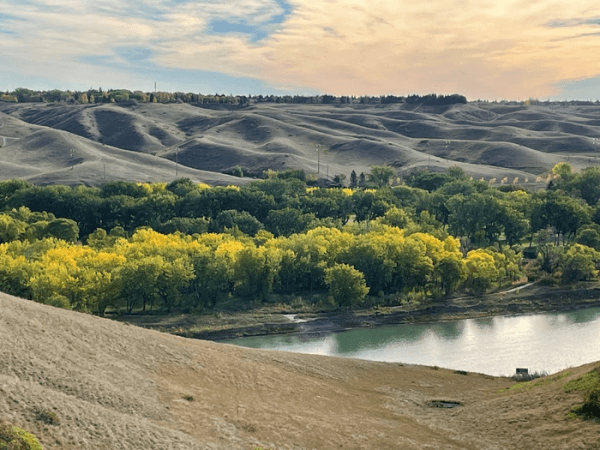You can’t see it happening. But what goes on below ground in a forest is very important in determining its fate.
In a new study, scientists conclude that the sideways flow of water through soil can have an important impact on how riparian forests respond to climate change. Models used to predict the future plight of forests typically don’t account for this factor — but they should, researchers say.
“There hasn’t been a lot of attention on groundwater and how the movement of water from one location to another below ground can impact plants’ survival prospects, making some locations drier, and others wetter,” says lead author Xiaonan Tai, PhD, assistant professor of biological sciences at New Jersey Institute of Technology. “Groundwater is a hidden water source for ecosystems that people have neglected over the years: It is very hard to observe and quantify, just because we can’t see it. The contribution of our new research is to begin characterizing lateral groundwater processes and quantifying how much of a role they can have in terms of influencing the future of forests."
The study was published in July in Environmental Research Letters, building on research themes that Tai explored as a PhD student in geography in the University at Buffalo College of Arts and Sciences, where she completed her doctoral degree in 2018.
Read more at: University at Buffalo
A cottonwood forest adjacent to the Oldman River in Lethbridge in Alberta, Canada. In a 2021 study, researchers present new techniques for modeling the impact of climate change on riparian forests of this kind, focusing on a nearby region of this forest. (Photo Credit: Lawrence B. Flanagan)


